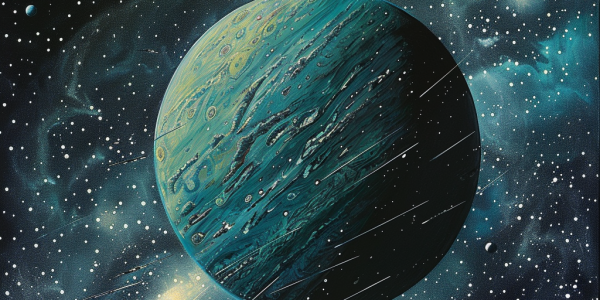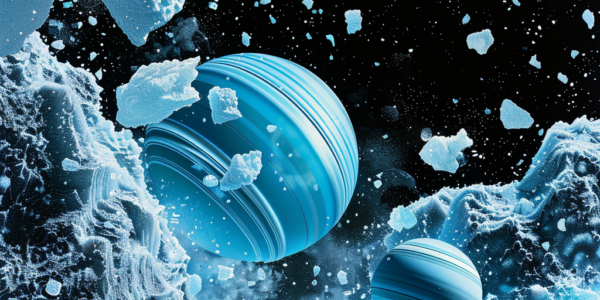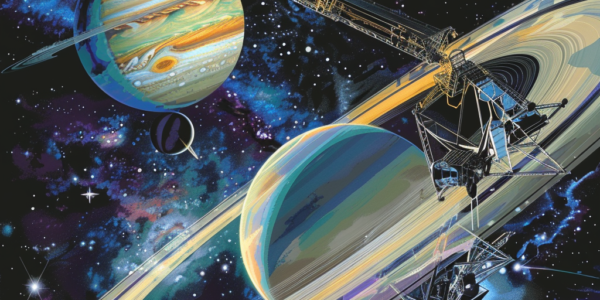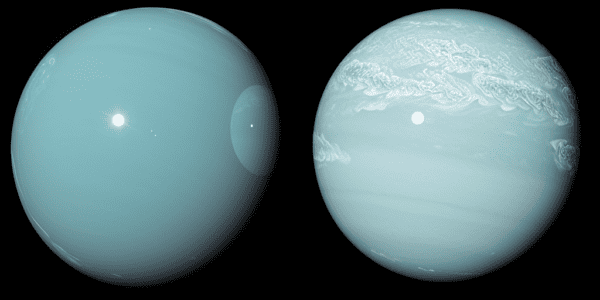NASA’s Hubble and New Horizons Team Up to Capture Unprecedented Images of Uranus
NASA’s collaboration between the Hubble Space Telescope and New Horizons Pluto probe has resulted in groundbreaking images of Uranus, enhancing our understanding of the icy giant’s atmosphere and its implications for exoplanet exploration. This joint effort reveals intricate details and broader perspectives of Uranus, paving the way for future missions aimed at uncovering the mysteries of distant worlds.
Study Suggests Composition of Uranus and Neptune May Not Be as Previously Believed
A recent study suggests that Uranus and Neptune may contain significant amounts of frozen methane, challenging previous beliefs about their composition. The findings could shed light on the formation of these mysterious icy worlds, which have been relatively unexplored since Voyager 2’s visit in the 1980s. The study proposes that the ice giants may have formed from carbon-rich planetesimals, potentially reconciling the discrepancy between their assumed composition and the nature of the objects they accumulated. Further exploration is needed to confirm these findings and unravel the mysteries of these enigmatic ice giants.
Astronomer to Use James Webb Telescope to Study Saturn’s Northern Lights
University of Reading astronomer Dr. James O’Donoghue is set to use the James Webb Telescope to study Saturn’s northern lights, with plans to also observe Uranus. The research aims to unravel the mysteries behind the planets’ auroras and potentially provide insights into their rotation periods. The project, selected from a pool of 1,931 submissions, holds the promise of unveiling groundbreaking insights into the celestial phenomena of Saturn and Uranus.
New Research Reveals Similar Duck-Egg Blue Hue of Uranus and Neptune
Recent research conducted by scientists at the University of Oxford has brought to light an intriguing revelation about our solar system. Contrary to popular belief, it appears that the ice giants Uranus and Neptune share a similar duck-egg blue hue,…




